What is a Rustic Diamond? Your Guide to Salt & Pepper, Rose Cut & Artisanal Diamonds
What are rustic diamonds?
In the world of fine jewelry, rustic diamonds have been gaining popularity for their unique beauty and ethical sourcing posibilities. Unlike traditional flawless diamonds, rustic diamonds embrace imperfections and come in a variety of colors. This guide will explore the allure of rustic diamond jewelry, including salt and pepper diamonds and rose cut diamonds. We will also delve into the importance of traceable diamonds and ethical sourcing. Join us on this journey to discover the beauty and ethical appeal of rustic diamond jewelry.
Rustic diamonds, also known as untouched or raw diamonds, are diamonds that possess a natural and unique charm. While traditional flawless diamonds are prized for their perfection, rustic diamonds are cherished for their character and individuality. They come in a range of colors, including browns and greys, giving them an organic and earthy appeal. The term "rustic" refers to their unrefined and imperfect nature, setting them apart from their flawless counterparts.
The Formation of Rustic Diamonds
To understand the allure of rustic diamonds, it's important to explore how they are formed. Like all diamonds, rustic diamonds are created over billions of years through the compression of carbon deep within the Earth's layers. During this process, other minerals blend with the diamond molecules, resulting in impurities and inclusions. These inclusions give rustic diamonds their distinctive look and tell the story of their formation. While flawless diamonds are highly sought after, rustic diamonds embrace their imperfections, offering a unique and natural beauty.
Ethical Sourcing Rustic Diamonds
In recent years, the jewelry industry has faced growing concerns about the ethical implications of diamond mining. Conflict diamonds, also known as blood diamonds, are diamonds that are mined in war zones and sold to finance armed conflict against governments. These diamonds often come at a high human cost, fueling violence and human rights abuses.
Choosing diamonds with traceability and known provenance is an important step towards promoting ethical practices in the jewelry industry. Rustic diamonds, particularly those sourced direct from small-scale miners, offer an ethical alternative to traditional diamonds. By opting for rustic diamond jewelry, you can support responsible lower impact mining practices and ensure that your purchase does not contribute to human suffering.
The Unique Appeal of Rustic Diamond Jewelry
One of the most captivating aspects of rustic diamond jewelry is its distinctiveness. Each rustic diamond possesses its own color and clarity, making it truly one-of-a-kind. These natural formations offer a level of individuality that is hard to find in traditional flawless diamonds. With their organic and earthy hues, rustic diamonds can add a touch of uniqueness to any jewelry piece.
Rustic diamonds are often cut in a rose cut style, which highlights their inclusions and variations in color. The rose cut features a flat shape that acts like a window, allowing light to penetrate the diamond and showcase its natural beauty. While they may not exhibit the same level of sparkle as brilliant cut diamonds, rustic diamonds have a charm of their own, with their beautiful colors and unique inclusions.

The Versatility of Rustic Diamond Jewelry
Rustic diamond jewelry offers a wide range of design possibilities. Unlike flawless diamonds, which are often limited in terms of design due to their high value, rustic diamonds allow for more creative freedom. Their affordability and accessibility make it easier to experiment with bigger cuts and non-traditional shapes. From kite and shield cuts to hexagons and fantasy shapes, rustic diamonds offer endless opportunities for truly unique and eye-catching jewelry designs.

Rustic Diamond Engagement Rings
Engagement rings hold a special place in the world of jewelry, symbolizing love, commitment, and the start of a lifelong journey. Rustic diamond engagement rings offer a distinctive alternative to traditional diamond rings. With their natural beauty and unique inclusions, rustic diamonds add a touch of individuality to the symbol of eternal love. Whether set in rose gold, white gold, or platinum, rustic diamond engagement rings are sure to make a statement and stand the test of time.

Valley Rose Studio: Your Source for Rustic Diamond Jewelry
Valley Rose Studio is a brand known for its exquisite collection of salt & pepper diamond jewelry. With a focus on ethical sourcing, Valley Rose Studio offers a range of stunning pieces that are both beautiful and responsibly crafted. Our collection features one-of-a-kind rustic rose cut diamonds and salt and pepper diamonds that are sure to capture your heart.
The Importance of Ethical Purchasing
When investing in fine jewelry, it is essential to consider the ethical implications of your purchase. By choosing rustic diamond jewelry from brands like Valley Rose Studio, you can support ethical practices and contribute to a more equitable future for the jewelry industry. Ethical purchasing decisions not only ensure that your jewelry is responsibly sourced but also send a message to the industry at large. Together, we can create a world where beauty and ethics go hand in hand.
Conclusion
Rustic diamond jewelry offers a unique and ethical alternative to traditional flawless diamonds. With their natural beauty, individuality, and affordability, rustic diamonds have captured the hearts of jewelry enthusiasts worldwide. By choosing rustic diamond jewelry, you can make a conscious decision to support ethical practices in the industry and contribute to a better future. Let Valley Rose Studio be your guide to finding the perfect piece of rustic diamond jewelry that reflects your values and personal style. Embrace the beauty of rustic diamonds and make a statement with jewelry that tells a story of ethical craftsmanship and timeless elegance.
Shop the Rustic Diamond Collection Here >
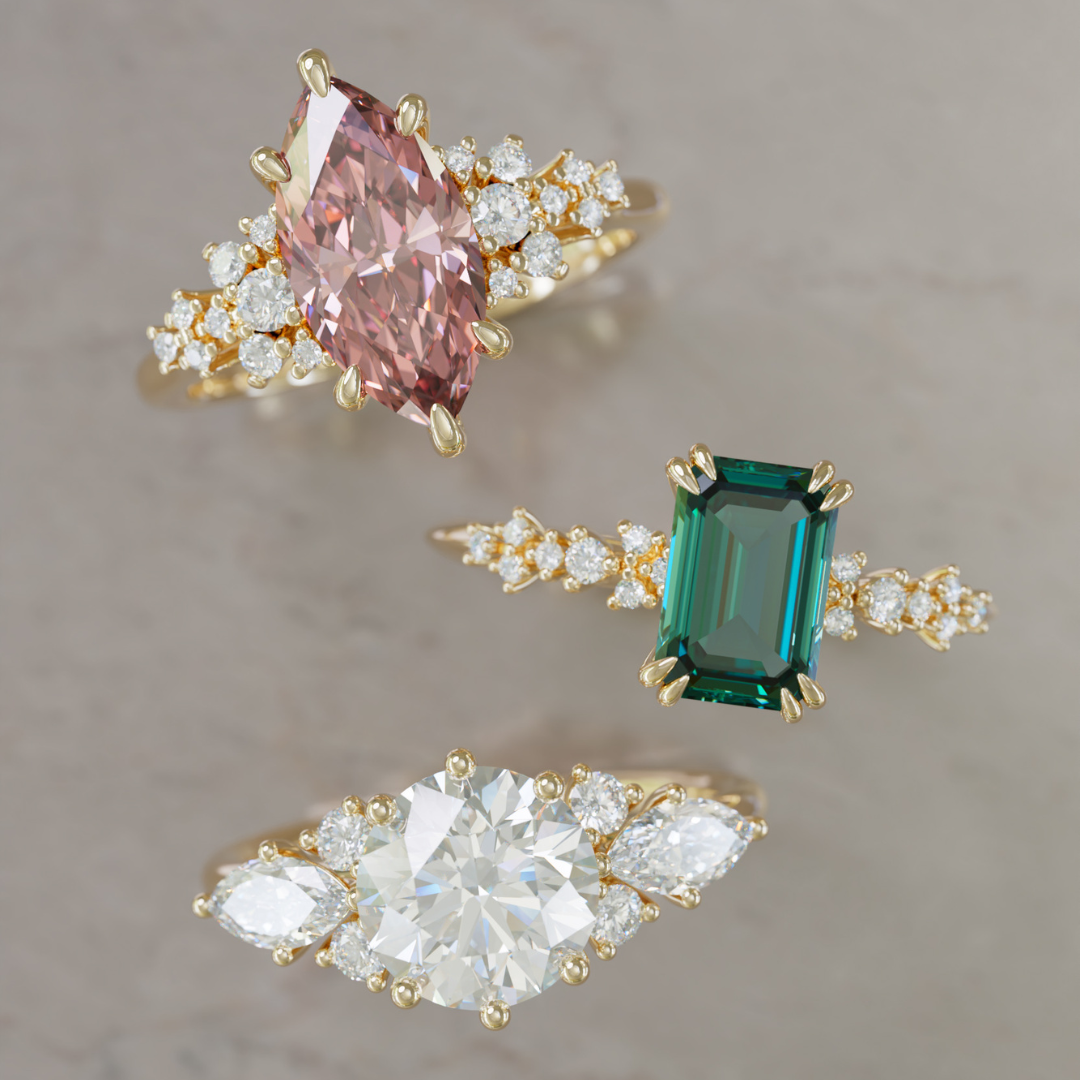



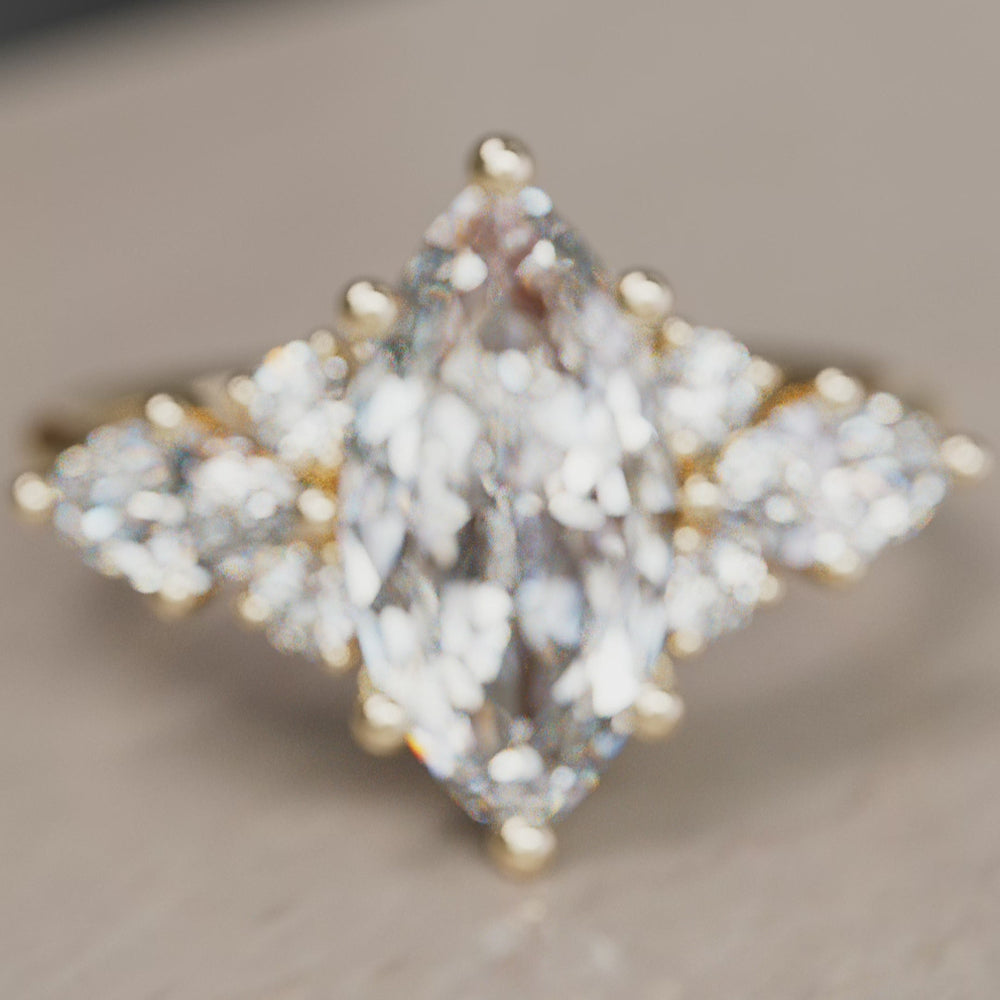



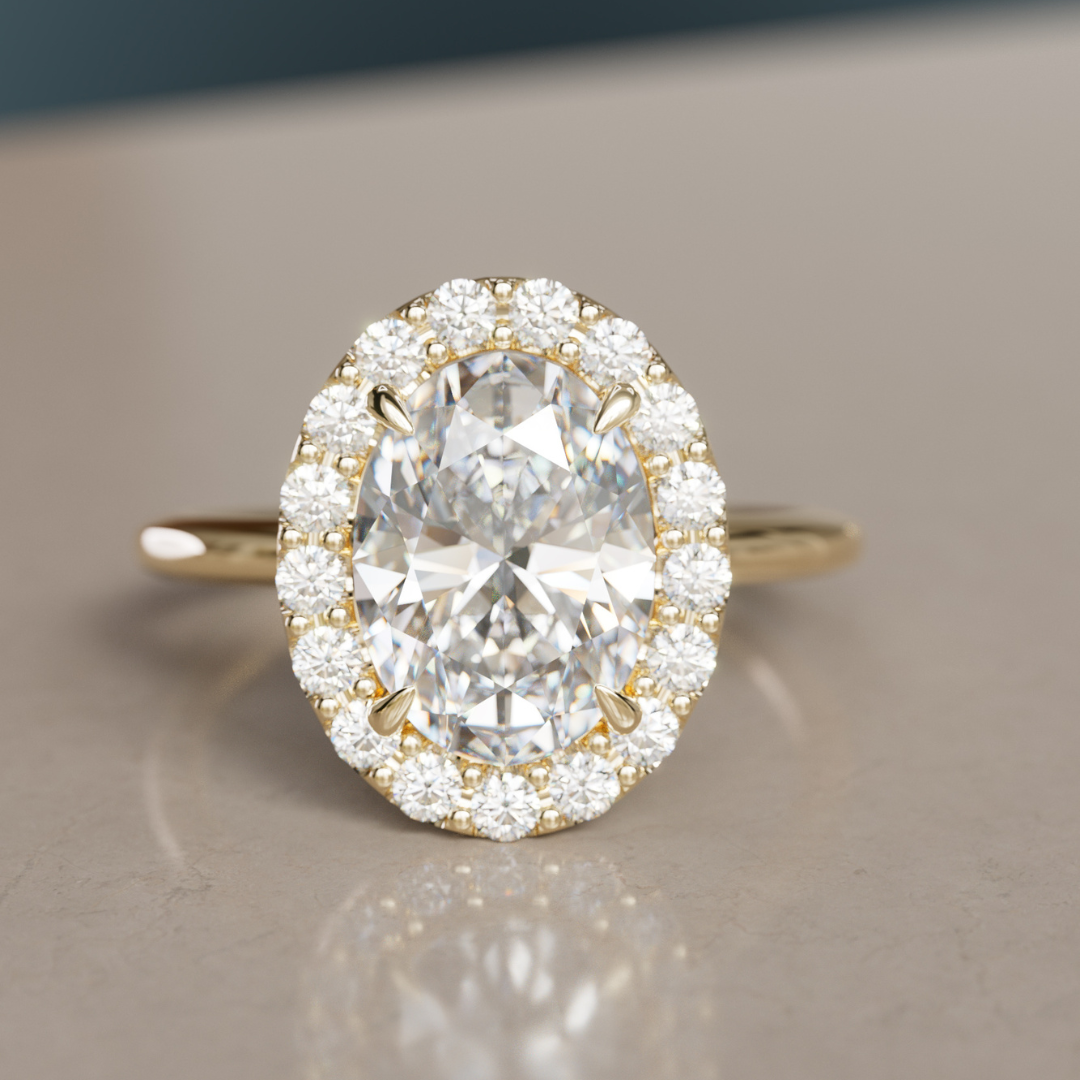
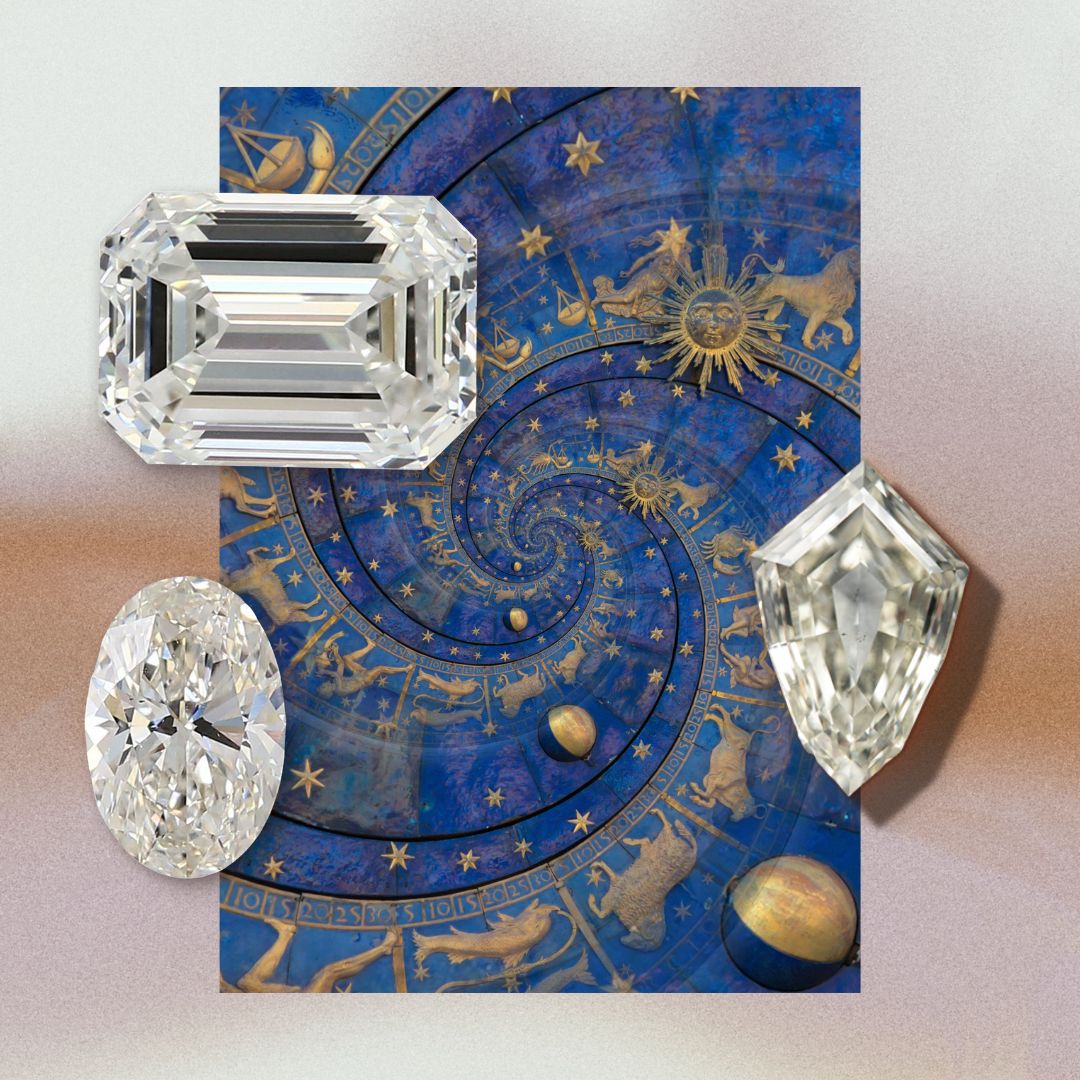





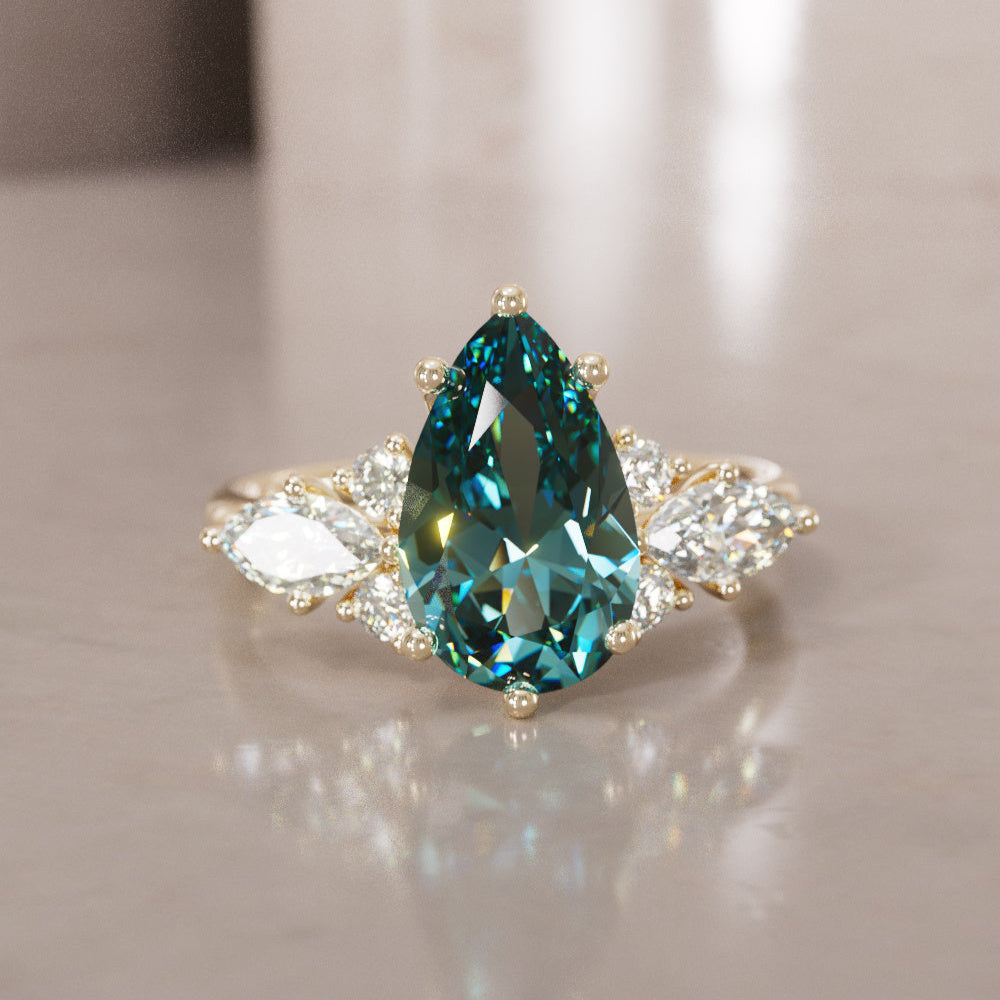
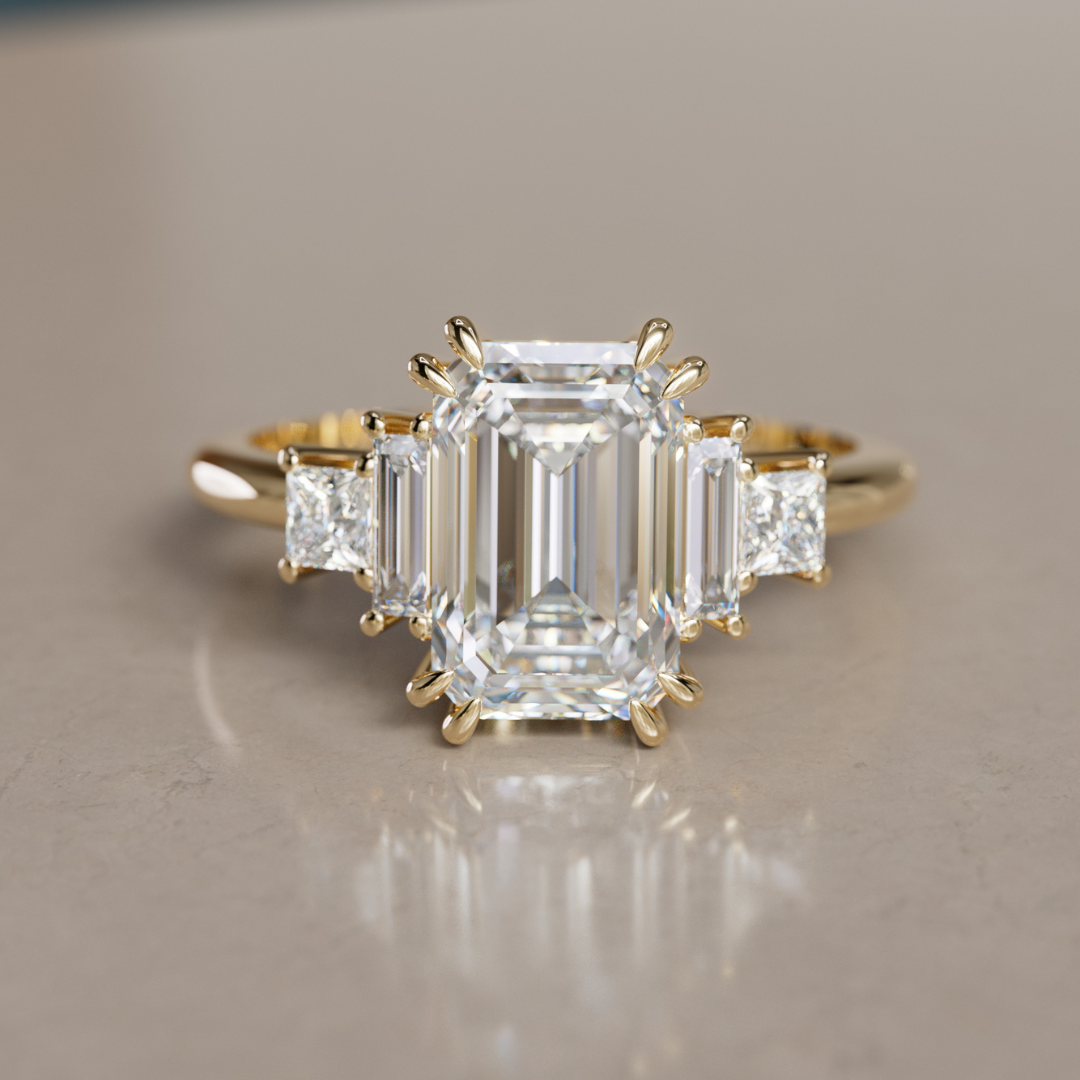

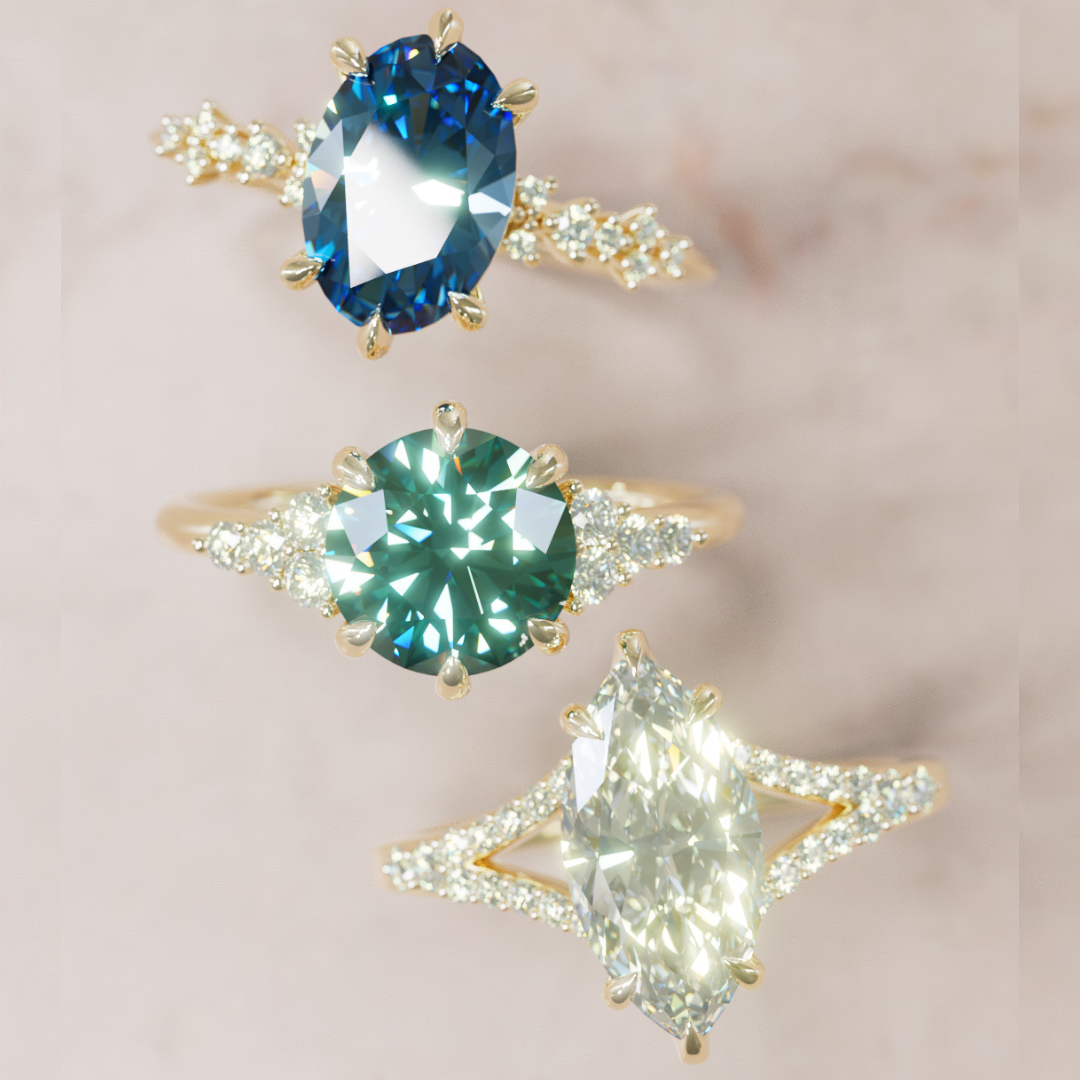
Leave a comment